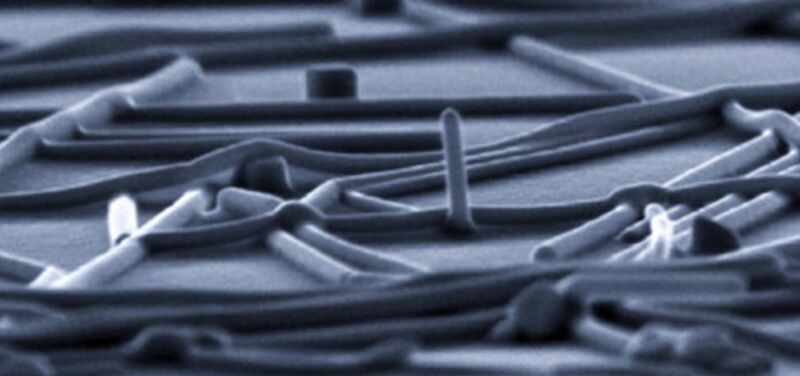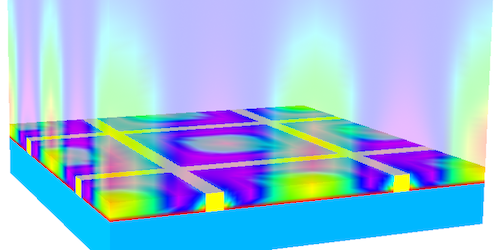Nanoelectric, nano-photoelectric properties of silicon nanowires (PhD in nano-microelectronics)
Researcher and author: Dr. ( Afshin Rashid)
Note: The advantages of SiNWs in the use and development of sensor platforms are due to the known properties of silicon and its optimum manufacturing processes. The physical properties of these nanowires include their electrical, photoelectric and mechanical properties.
Silicon nanowires are one of the best examples of semiconductor nanostructures that can be made in single crystals with a diameter of 9 to 0 nanometers. Nanowires ( SiNWs) have high mobility and surface-to-volume ratios, making them easy to control using a weak electric field. These one-dimensional nanostructures are made of nanowires with a diameter in the range of nanometers and a length of more than micrometers. In the construction of nanowires from regular one-dimensional arrays with the help of different physical and chemical methods.
Methods such as electron beam or lithographic methods, heavy ion irradiation, lasers, chemical and electrochemical methods such as water heat, and spontaneous aggregation methods used to make mold membranes can also be used . In the construction of one-dimensional nanostructures such as nanowires by electro-accumulation method, there are three general steps: first, the construction of a porous mold as a substrate and a suitable framework for the accumulation of nanowires, second, the growth of nanowires in the form of mold cavities, and third Mold and separation of nanowires is from it. The properties of nanowires directly depend on the characteristics of the mold surface such as the size distribution of the holes, the density of the holes and the surface superiority of the nanopores. To control the properties of nanowires, the parameters that affect the formation and optimization of pore diameter and mold thickness must be considered.
Conclusion :
Magnetic nanowires such as cobalt, nickel, iron and alloys can be fabricated by electro-deposition and spontaneous accumulation on anodic aluminum oxide molds and the magnetic properties of cobalt nanowire arrays such as coercive force, electromagnetic saturation and magnetization And depends on the diameter of the nanowires. This property of nanowires can be easily controlled by changing the factors influencing the fabrication of the mold, such as the potential of the oxidation process and pH. Among the applications mentioned in chemical nanosensors, logic nano-instruments and other nano-electronic and nano-optical instruments.
Researcher and author: Dr. ( Afshin Rashid)
PhD in Nano-Microelectronics




